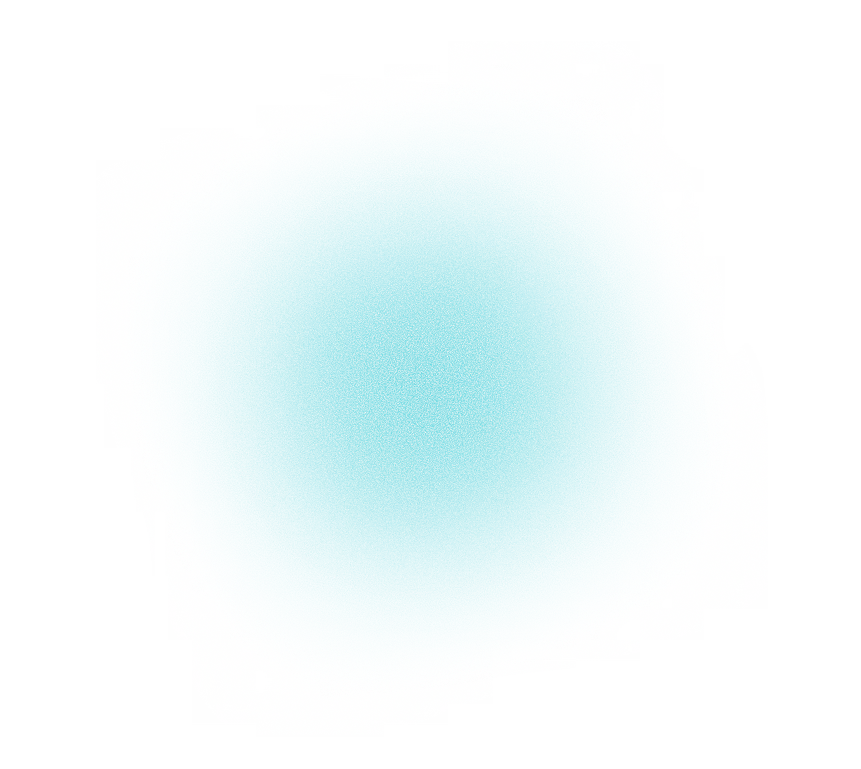The Pivotal Role RWE Can Play In Transforming Lung Cancer Care
As we commemorate World Lung Cancer Day (1 August), LynxCare acknowledges the resilience of patients and the unwavering dedication of healthcare professionals in their ongoing battle against one of the world's most challenging diseases. Lung cancer continues to be the leading cause of cancer-related mortality globally, with 1.8 million deaths recorded in 2020. Each statistic underscores the critical need for advanced research, early detection, and innovative treatment methods.
The Emergence of Real-World Evidence
Real-World Data (RWD) and Real-World Evidence (RWE) are revolutionizing healthcare. By harnessing insights from RWD, collected outside traditional clinical trials, we can generate RWE offering invaluable understanding of disease patterns, treatment outcomes, and health trends. The potential of RWE in accelerating Health Technology Assessment (HTA) approvals has been recognized by the European Medicines Agency (EMA), leading to the initiation of programs like EHDEN and DARWIN.
While clinical trials remain the gold standard for determining the safety and efficacy of new therapies, they often don't fully represent the heterogeneity seen in real-world clinical practice. This can create uncertainty for HTA bodies during reimbursement decisions, potentially delaying patient access to novel treatments.
RWE holds the potential to fill this gap, complementing clinical trial evidence by providing insights on treatment outcomes in broader, unselected patient populations and in everyday clinical practice. As the momentum around RWE use strengthens, we're beginning to see examples where it has positively influenced reimbursement decisions, thus accelerating patient access to innovative therapies.
A promising example of the increasing acceptance of RWE is seen with the UK's National Institute for Health and Care Excellence (NICE). HTA submissions supported by RWE have significantly increased over the years, from just 36% in 2018 to a remarkable 85% in 2021. This trend underscores the growing recognition of the value of RWE in informing HTA decisions and reaffirms our commitment to harnessing this valuable tool to improve patient outcomes.
RWE in Action: Improving Lung Cancer Care
The availability of abundant RWD for lung cancer, due to its high prevalence and complex nature, presents an invaluable resource when translated into RWE. This evidence can facilitate better early detection strategies, enable more personalized treatment protocols, and overall improve patient outcomes.
For instance, a recent study aimed to improve prognostic subgroups detection in small cell lung cancer (SCLC) using RWD. Machine learning methods identified seven distinct patient clusters based on factors like performance status, cancer stage, and other markers. This approach outperformed standard techniques and showed potential for individualized therapies and healthcare decision-making using real-world data applications.[1]
Additionally, another study examined the efficacy of immunotherapy as a first-line treatment for extensive-stage Small Cell Lung Cancer (SCLC) patients in a real-world setting. The findings suggest that immunotherapy shows promise in improving survival, even in patients with poor performance status, who are often excluded from clinical trials.[2]
Further, a third study presented RWE on the effectiveness of immune checkpoint inhibitor monotherapy in advanced NSCLC patients from a Central and Eastern European country. Results show comparable effectiveness to clinical trials and data from Western countries. More RWD worldwide is needed to further inform on immunotherapy's effectiveness in everyday practice.[3]
Looking Ahead: The Role of RWE in Future Lung Cancer Care
The aforementioned studies underscore the pivotal role RWE can play in transforming lung cancer care. By harnessing RWE, we can understand treatment effectiveness in real-world settings, guide patient-specific treatment decisions, and expedite the approval of new, innovative therapies.
As we observe World Lung Cancer Day, we not only acknowledge the ongoing battle against lung cancer but also the potential of RWE in transforming lung cancer care. We envision a future where personalized, data-driven healthcare is the norm, and lung cancer is a rarity. The ongoing collection and analysis of RWD and subsequent generation of RWE are critical steps toward realizing this vision.
[1] Marzano,L.; Darwich, A.S.; Tendler, S.; Dan, A.; Lewensohn, R.; De Petris, L.;Raghothama, J.; Meijer, S. A novel analytical framework for risk stratificationof real-world data using machine learning: A small cell lung cancer study. Clin.Transl. Sci. 2022, 15, 2437–2447, https://doi.org/10.1111/cts.13371
[2] Shira Sagie, Nitzan Maixner, Amos Stemmer, AnastasiyaLobachov, Jair Bar, Damien Urban, Real-world evidence for immunotherapy in the firstline setting in small cell lung cancer, Lung Cancer, Volume 172, 2022, Pages 136-141, ISSN 0169-5002, https://doi.org/10.1016/j.lungcan.2022.08.015
[3] Marija Ivanović andothers, Immunotherapy for Metastatic Non-Small Cell Lung Cancer: Real-WorldData from an Academic Central and Eastern European Center, The Oncologist,Volume 26, Issue 12, December 2021, Pages e2143–e2150, https://doi.org/10.1002/onco.13909



